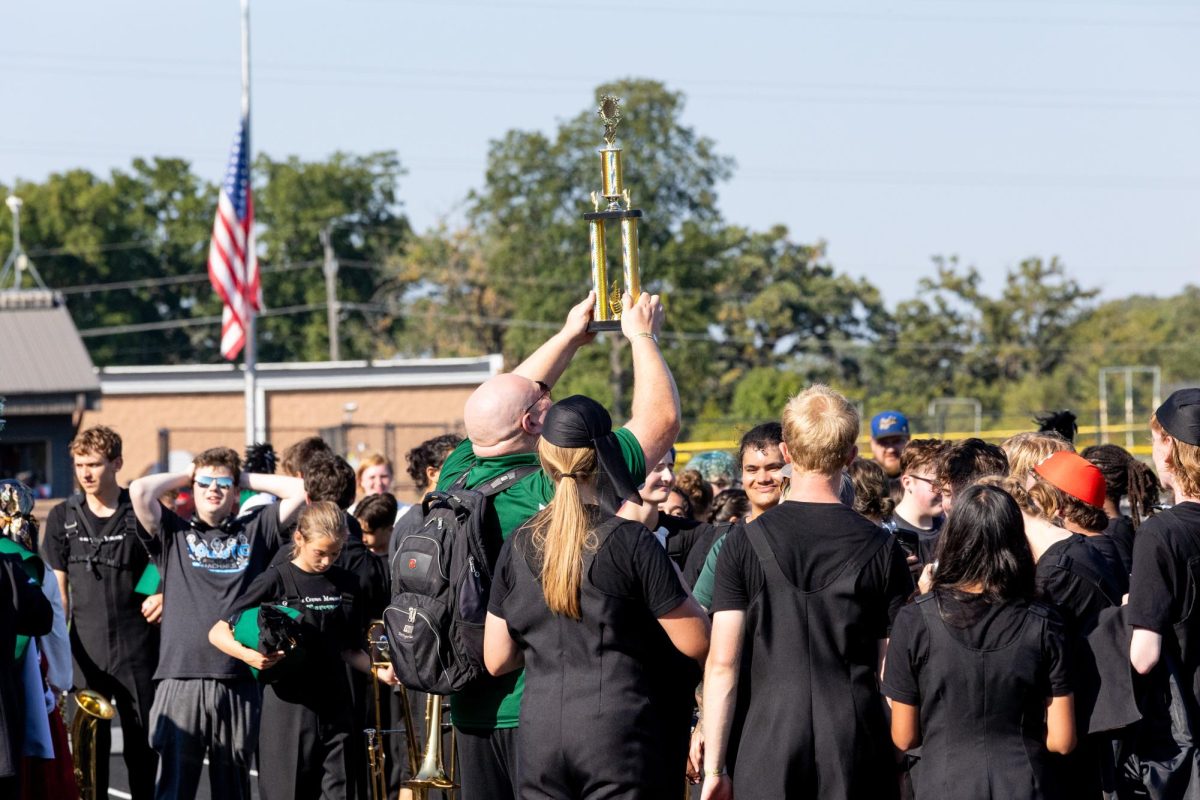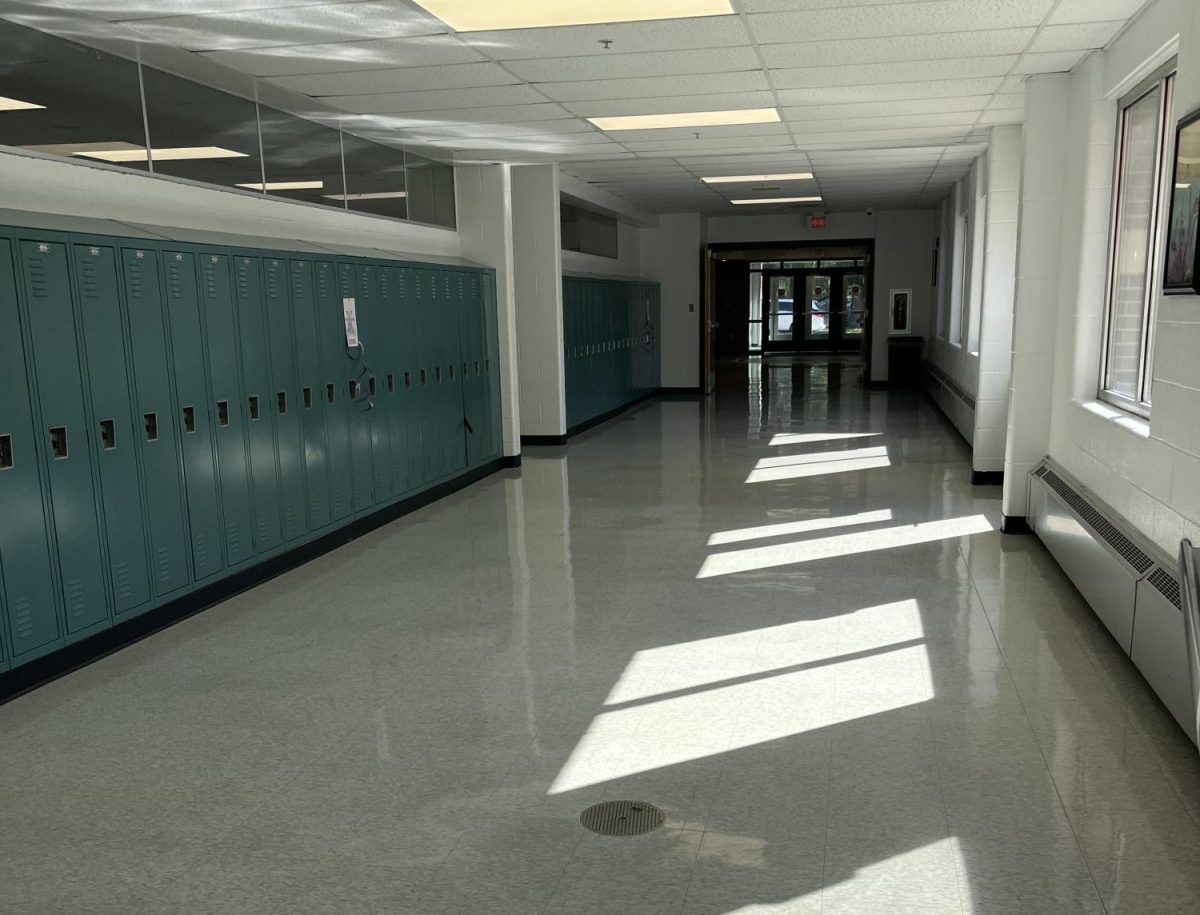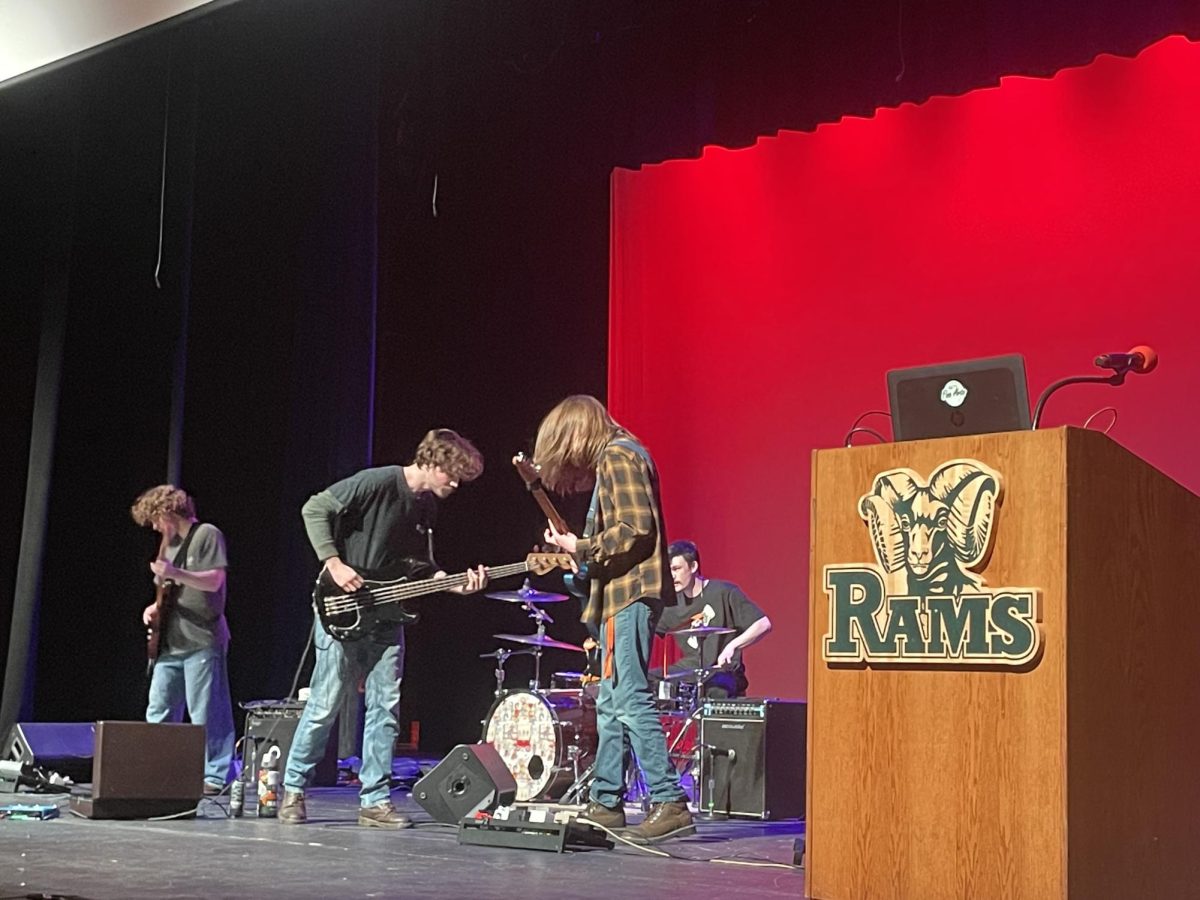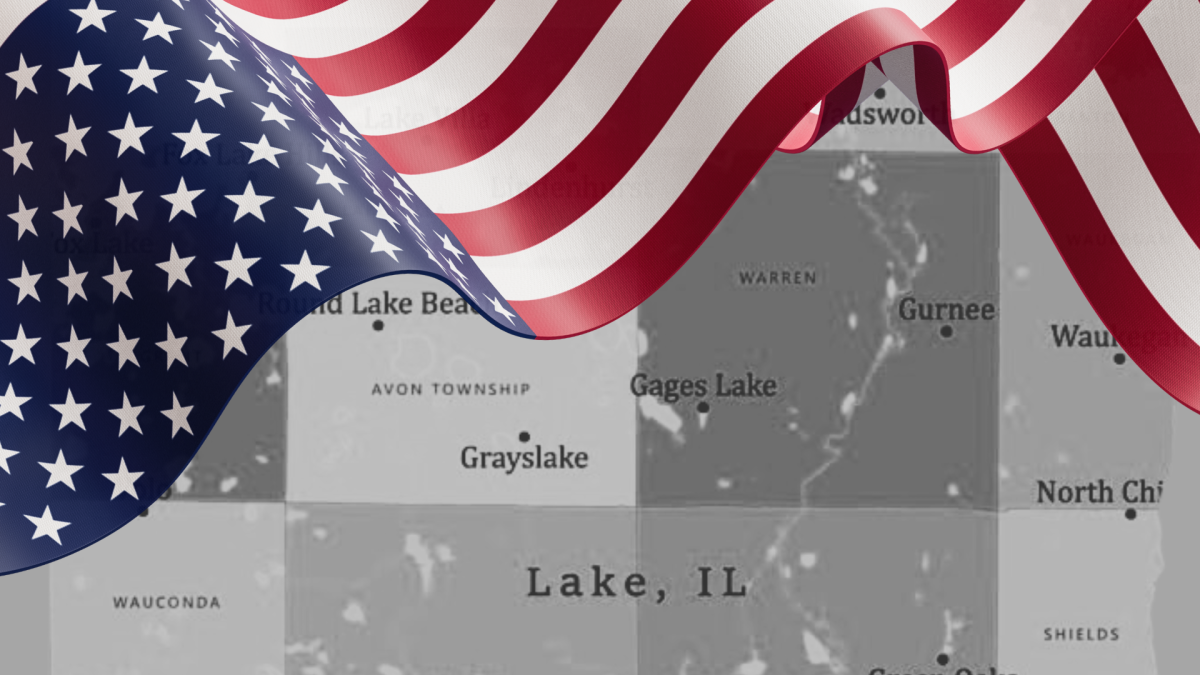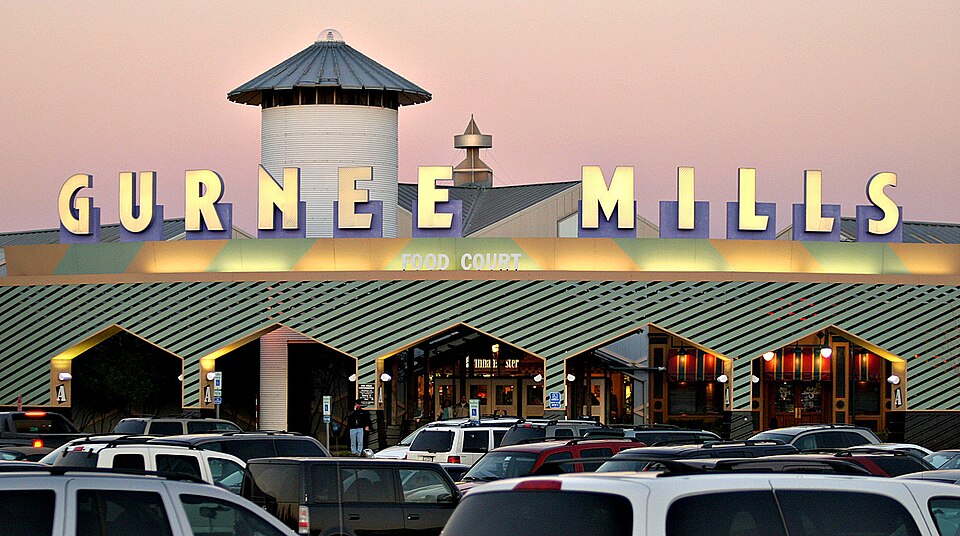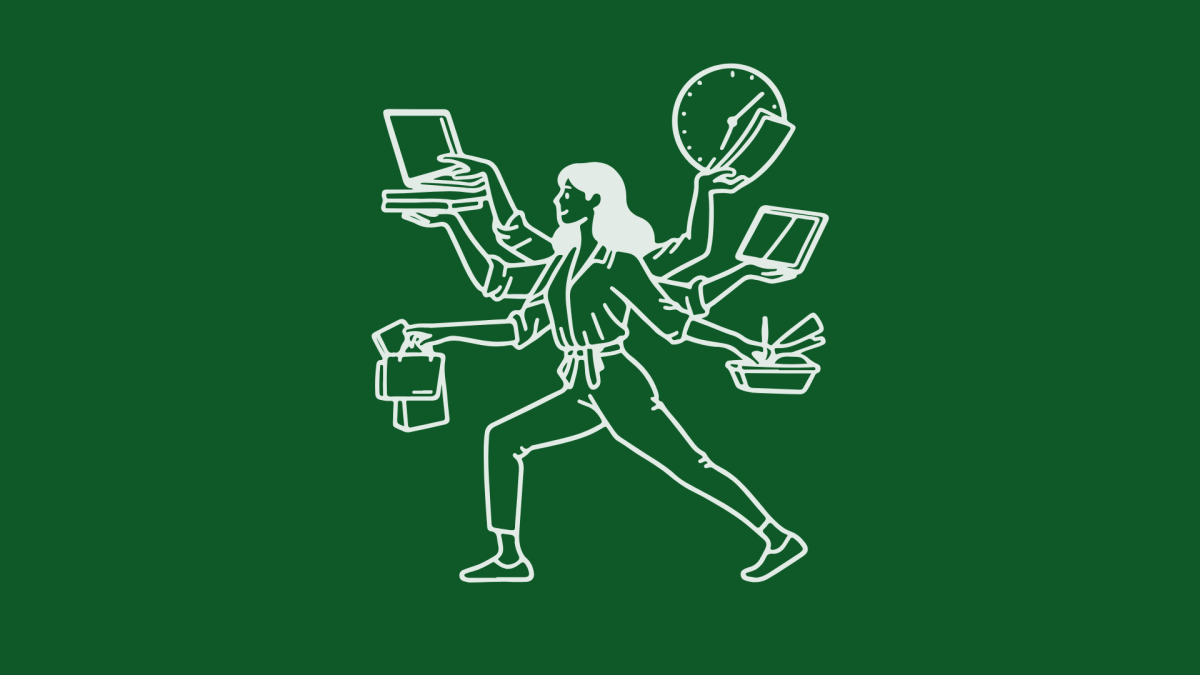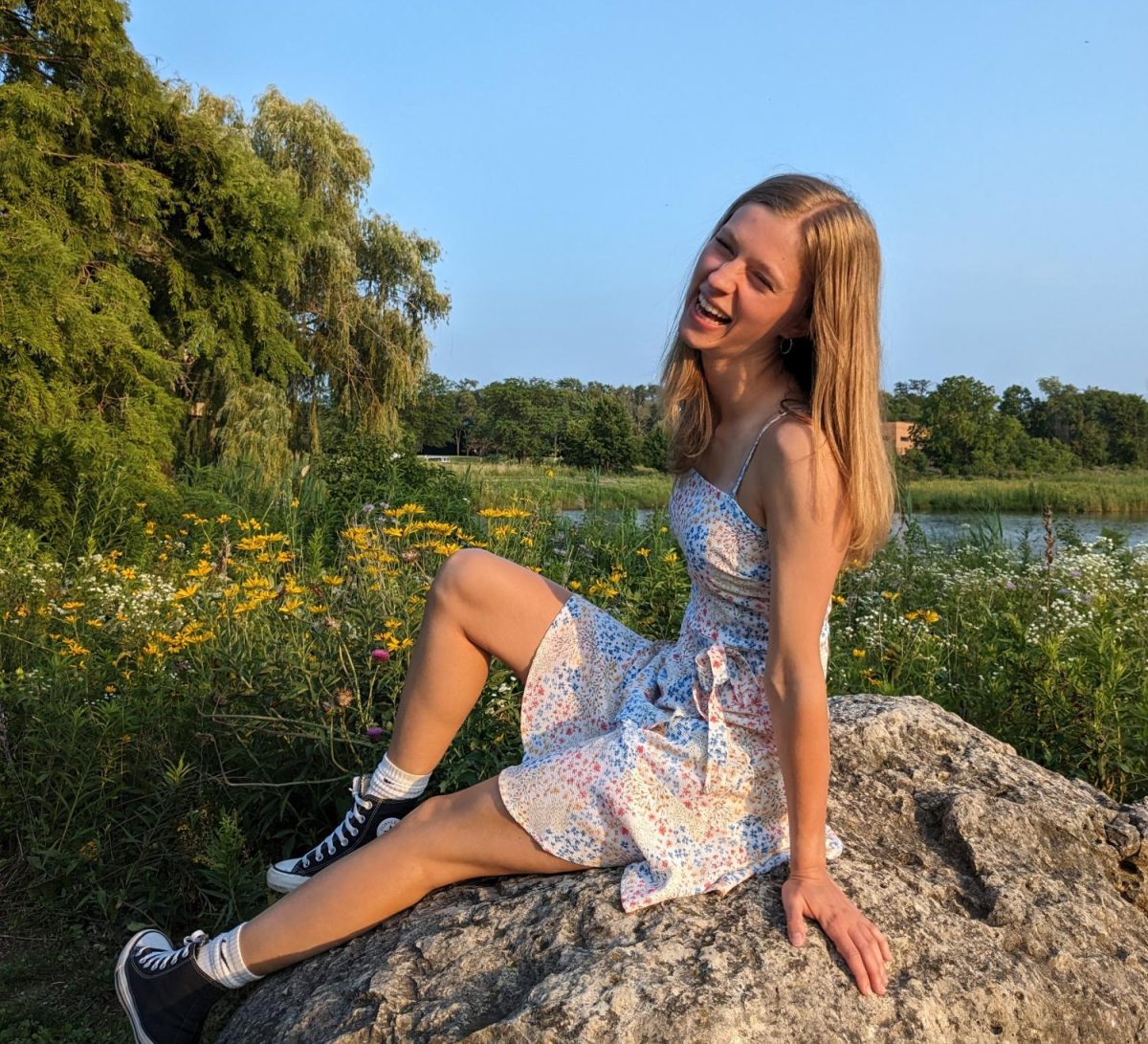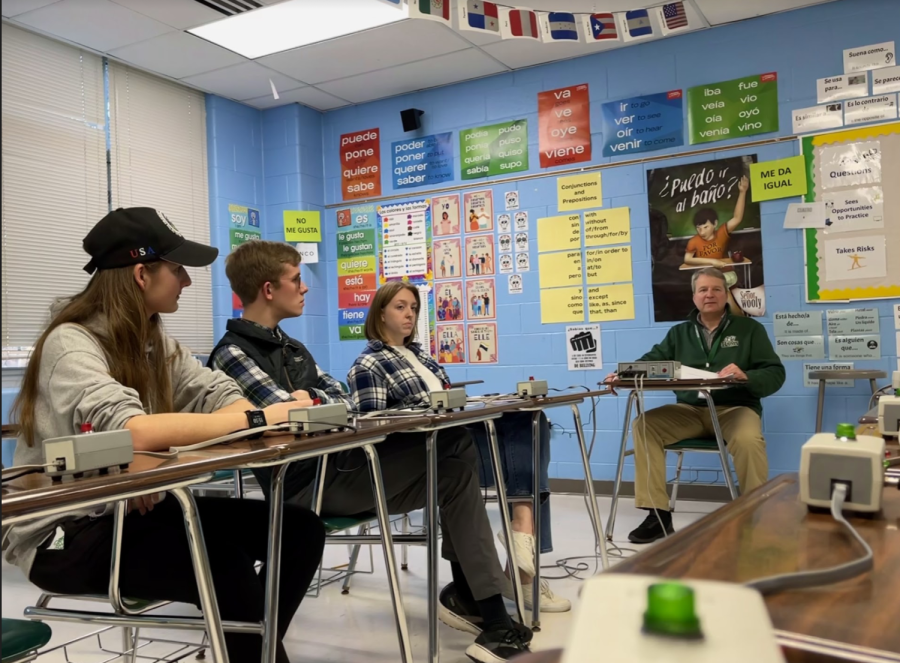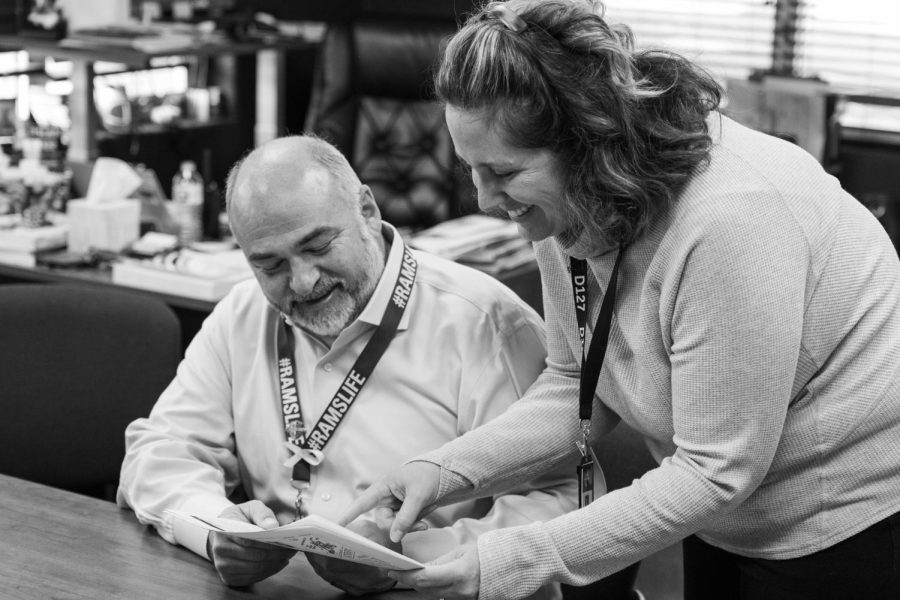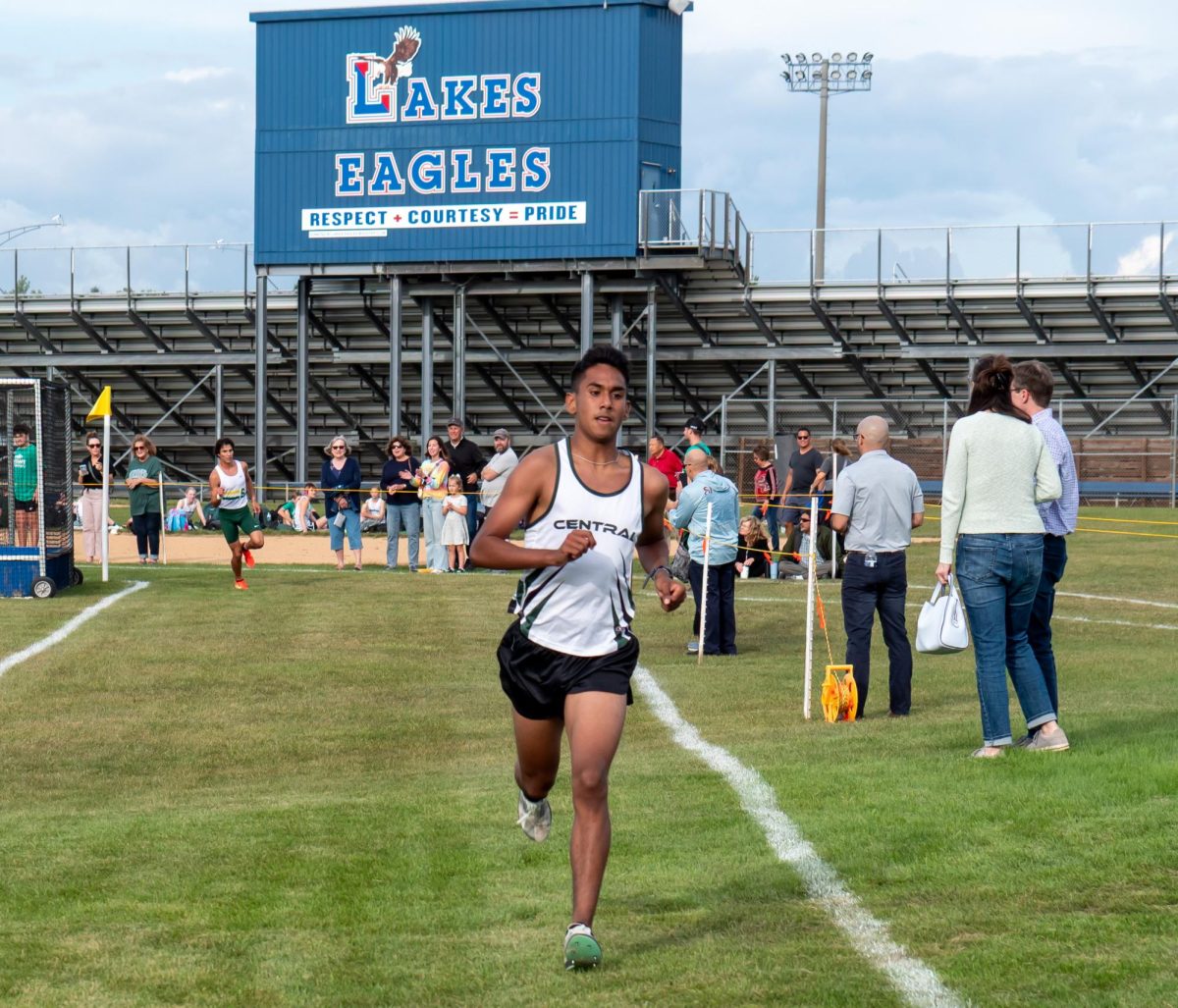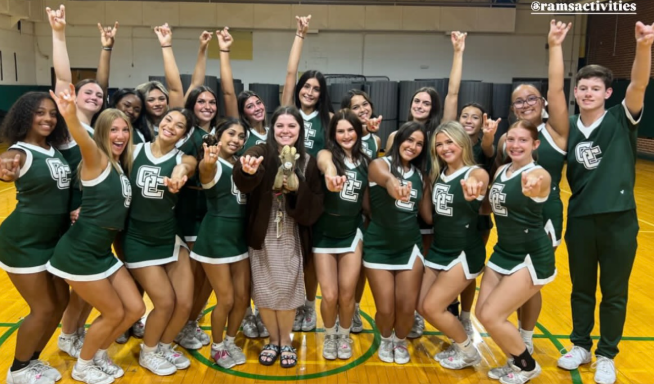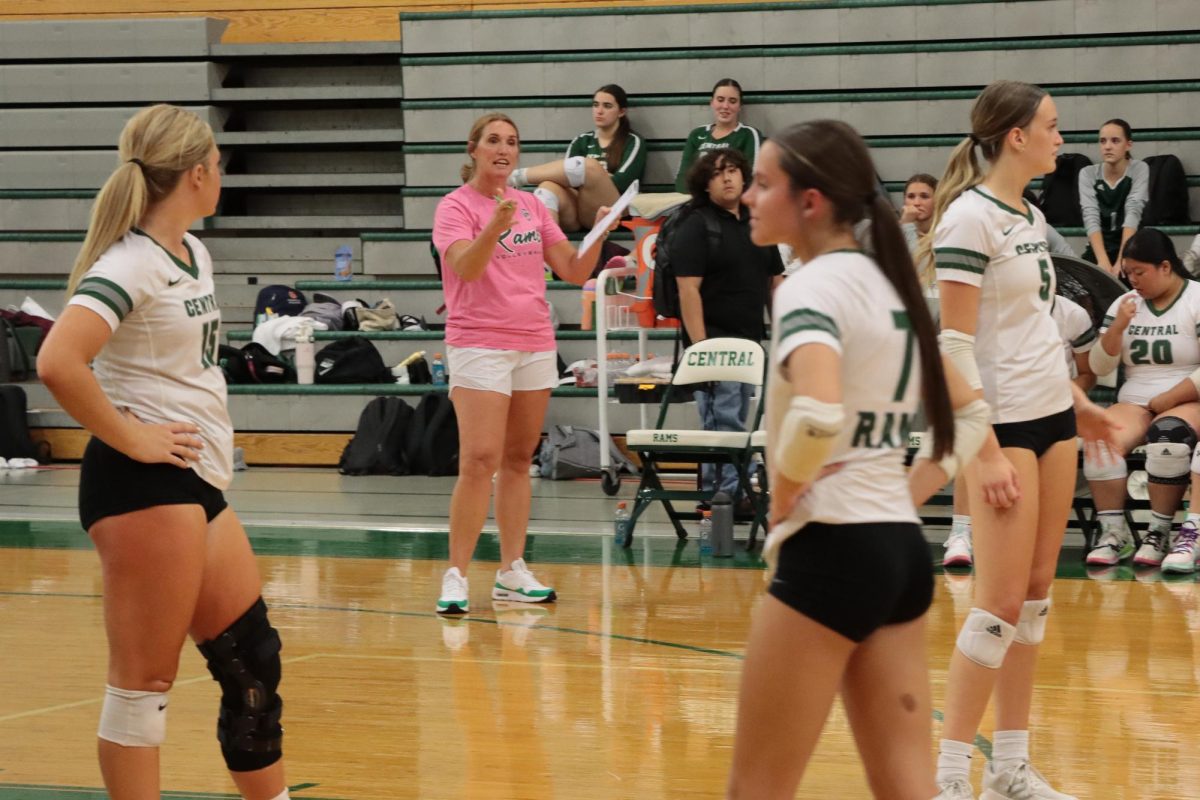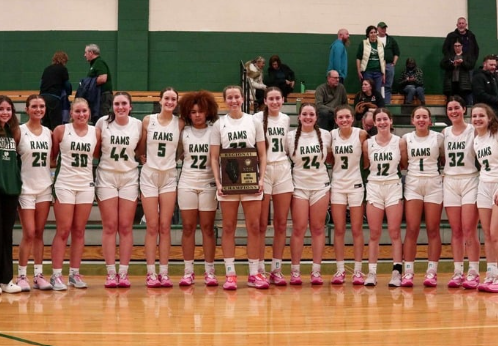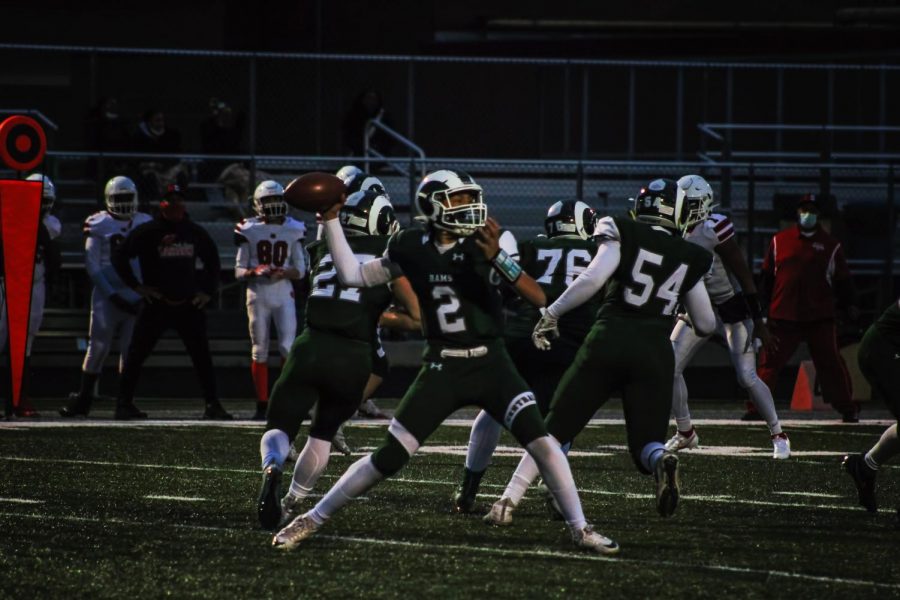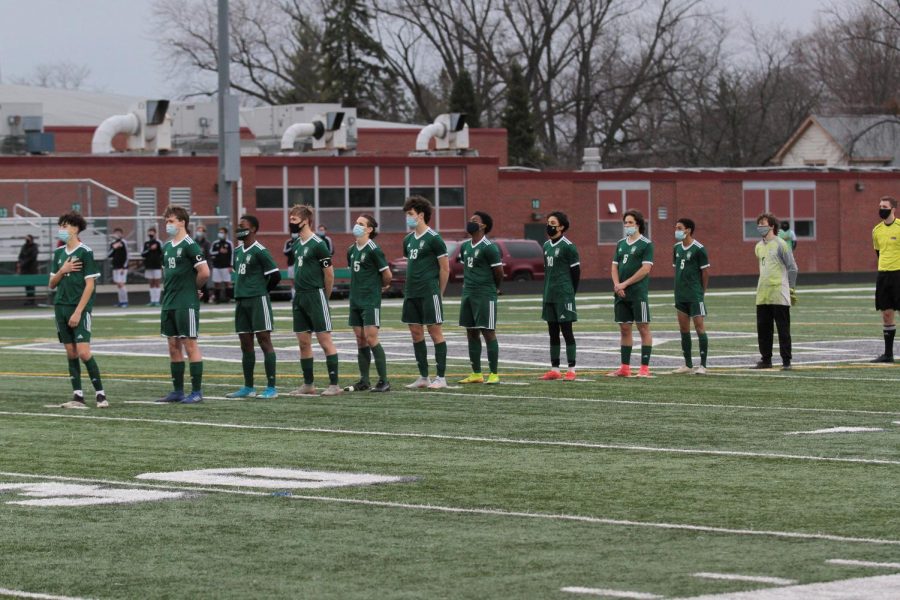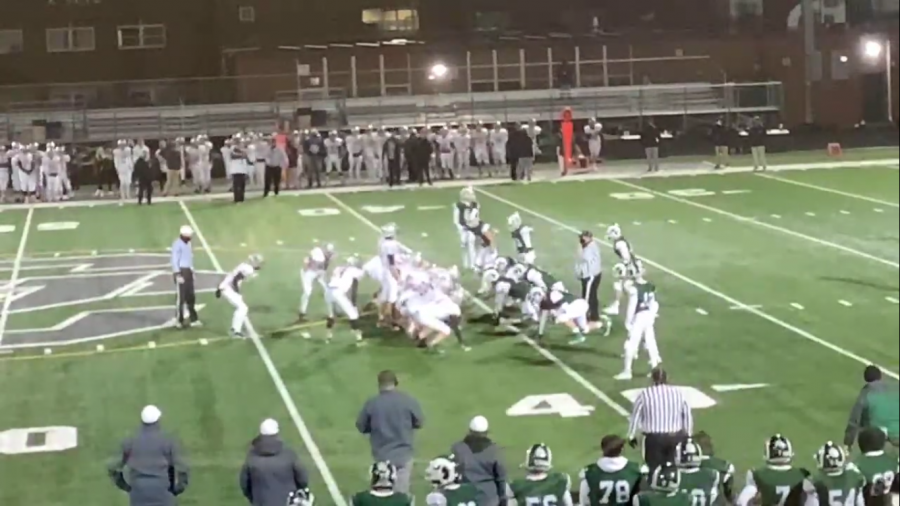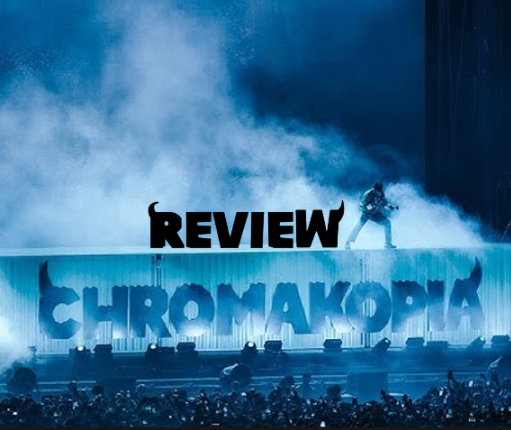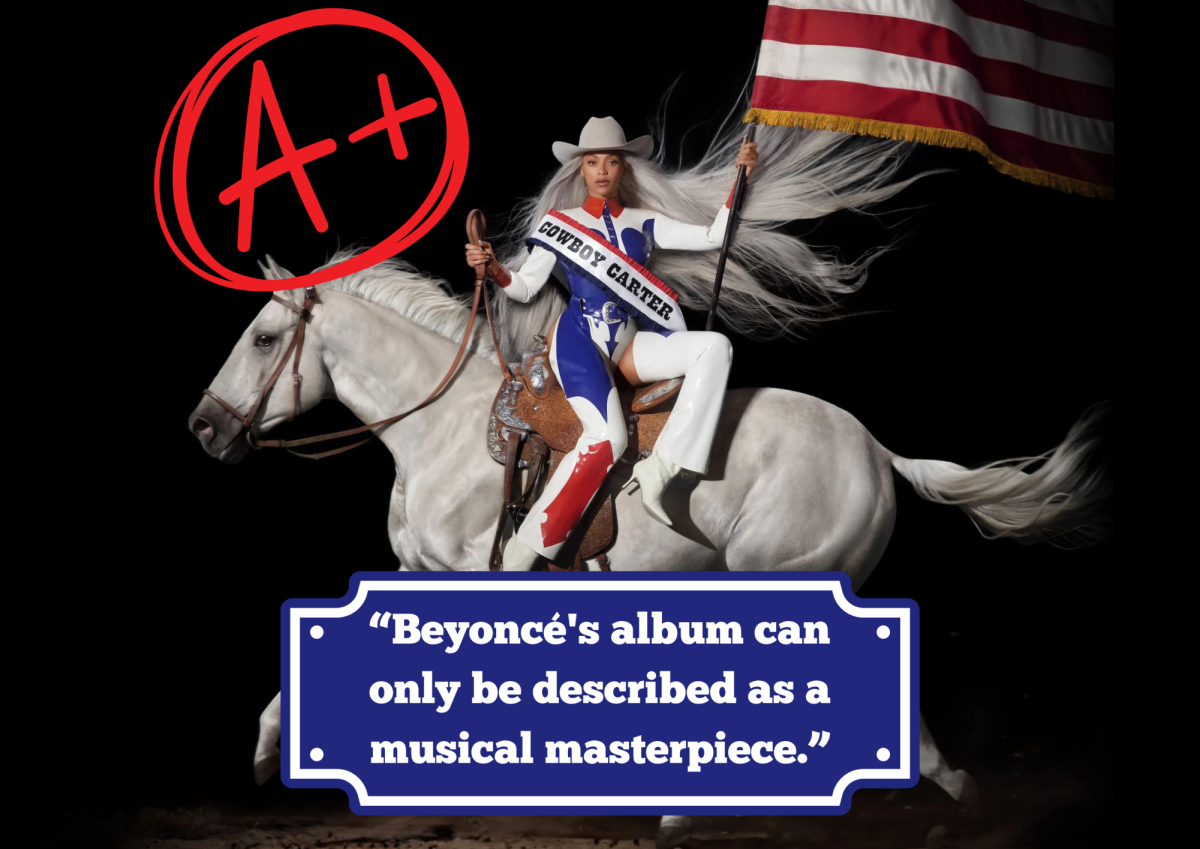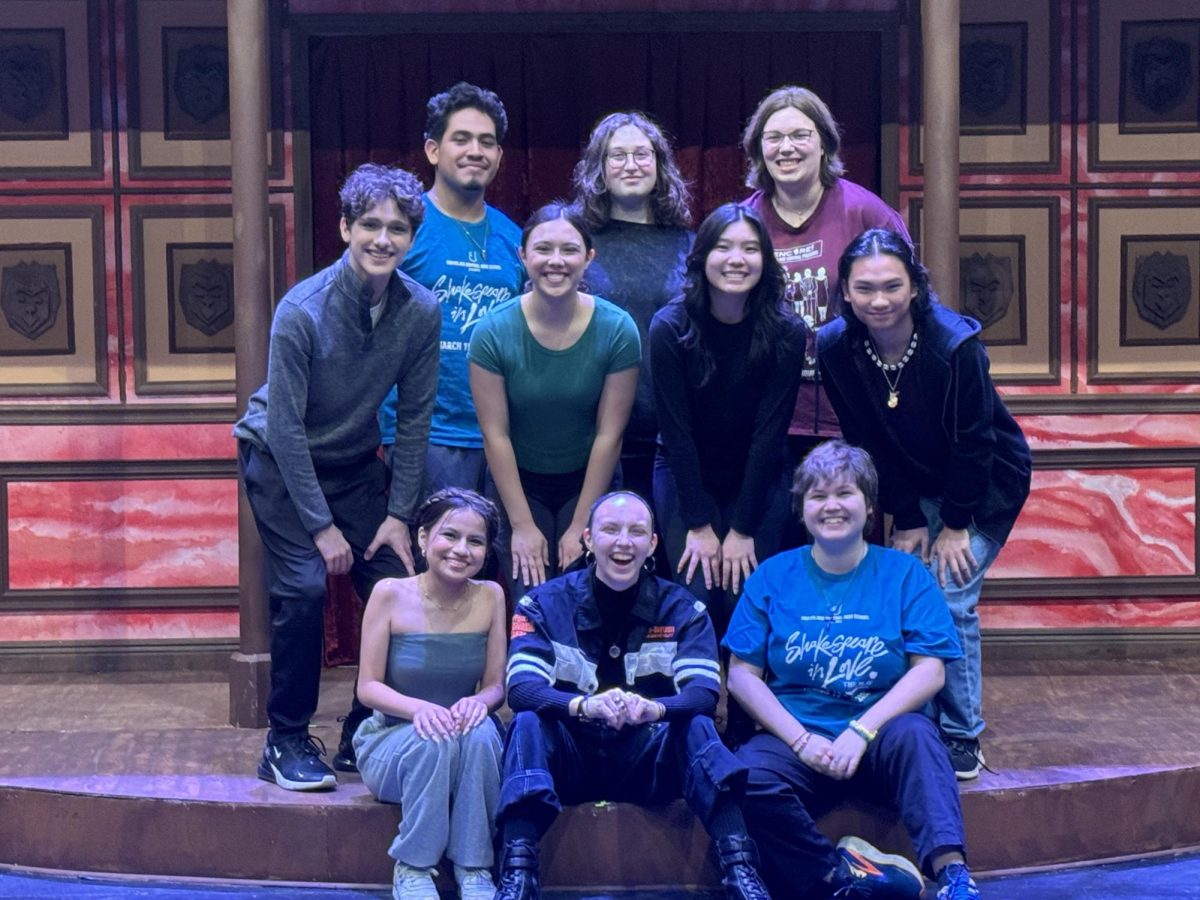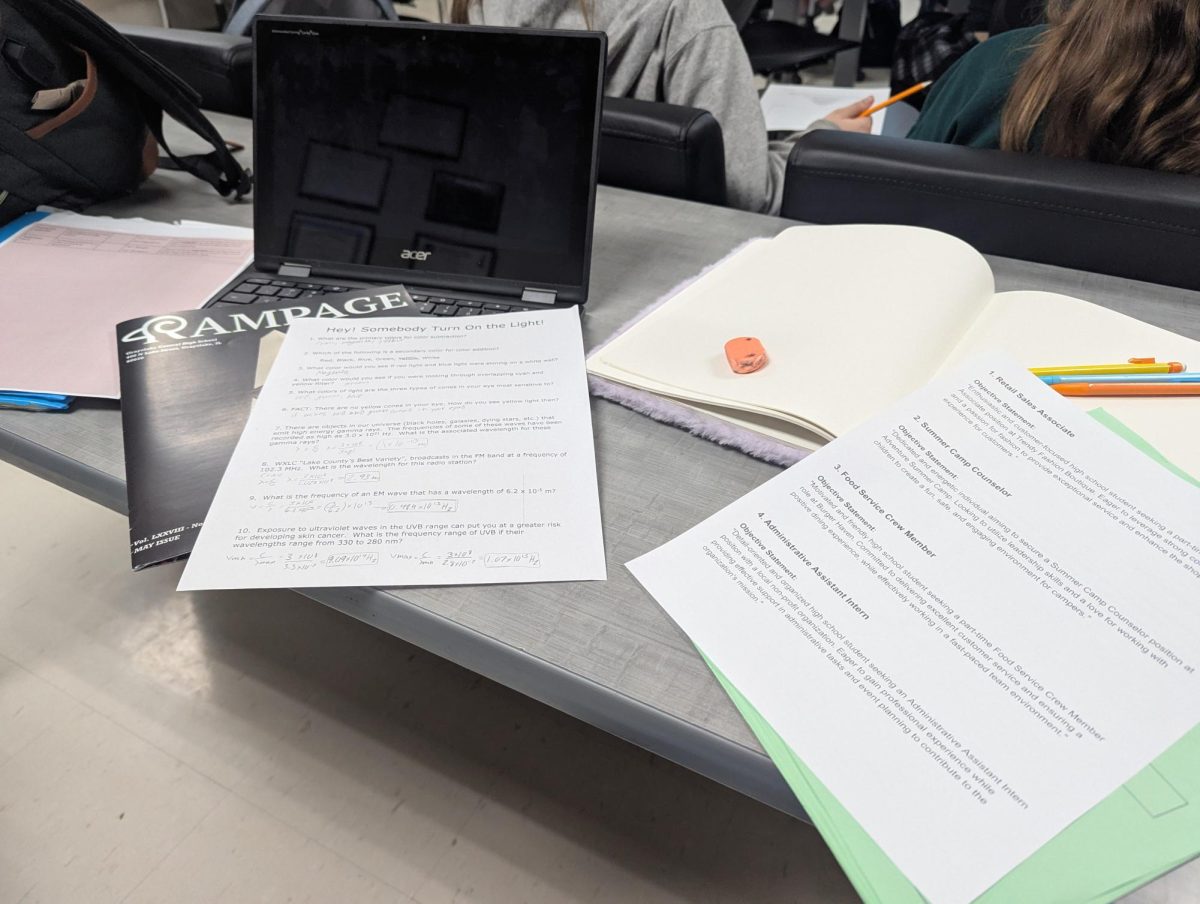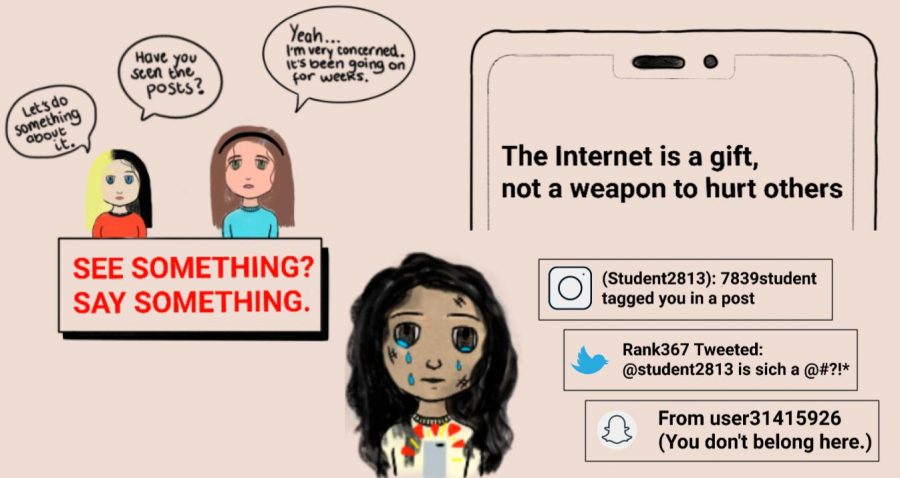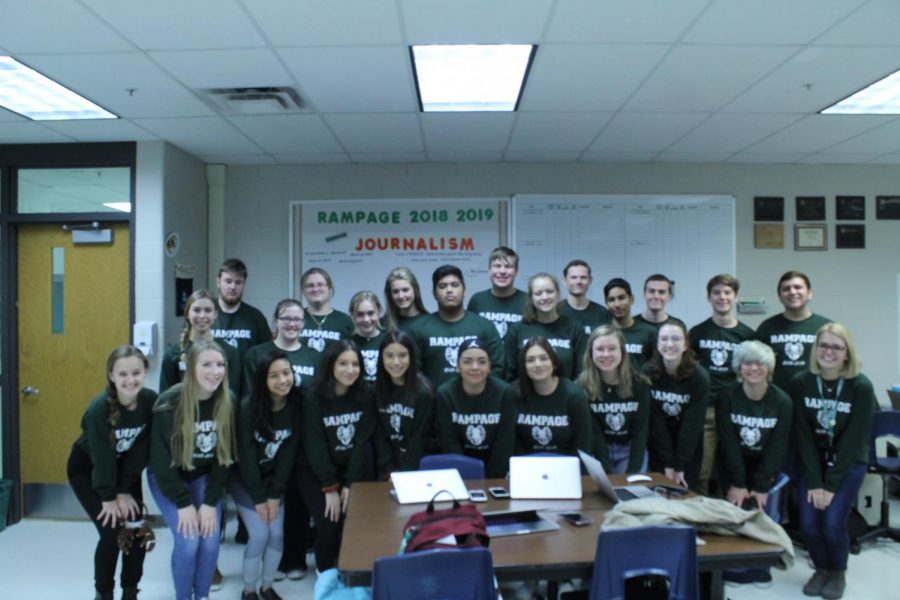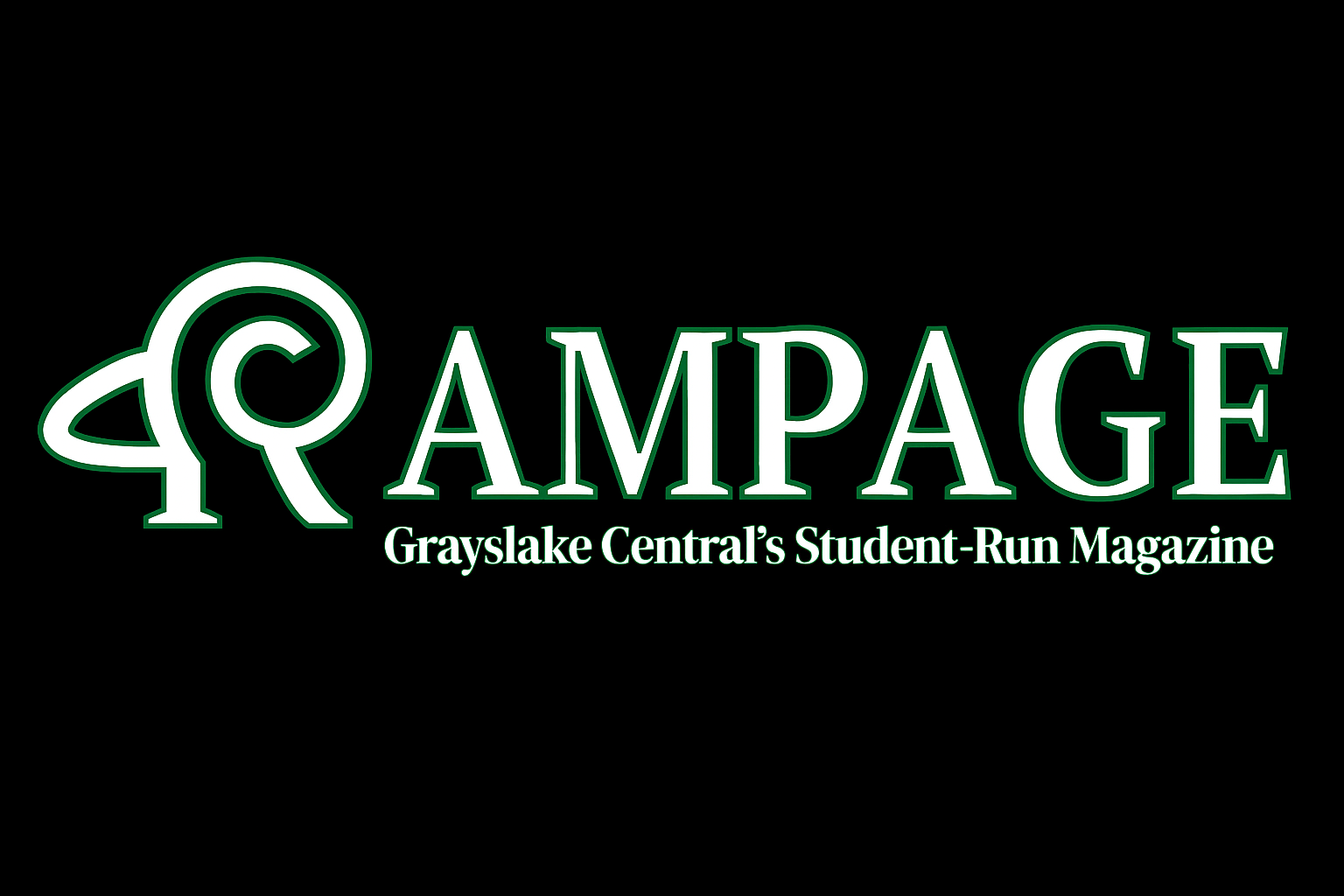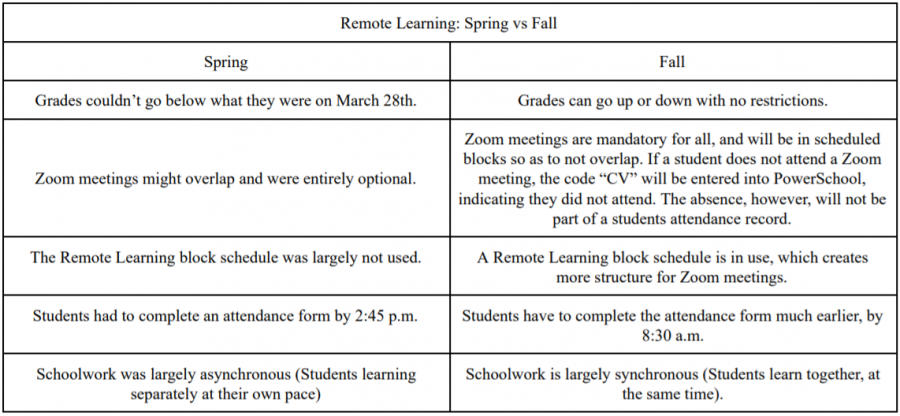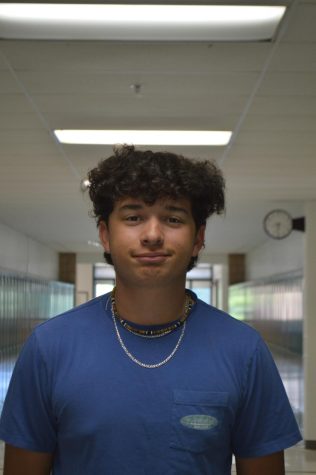Remote Learning: What’s New?
With the 2020-2021 school year underway, what’s new for Remote Learning?
A lot has changed since the spring, so let’s debunk the biggest changes.
September 18, 2020
Overall, fall Remote Learning looks quite different from spring Remote Learning. Of course, in the spring it was commonplace to sleep in and finish some worksheets and be done for the day. Of course, in the fall, this is but a distant memory. The first period of the day starts at 8:00 a.m. and the more traditional school day goes until 1:44 p.m. There are either four or eight class periods a day, depending on what day it is. All of this is aimed at making the student experience something closer to a traditional school learning environment.
“There was a lot that went into [decision making for the school year]. We watched what happened in the spring, and we took components that worked, and tried to magnify them, and we listened to components that didn’t work well, and attempted to troubleshoot and solve some of those problems,” Associate Principal of Curriculum and Instruction Barb Georges explains.
The 2020-2021 school year will look different; there’s no way around it. While Central is currently in full Remote Learning, athletic programs have been in full swing since summer, and co-curricular activities such as clubs are currently being prepared to start meeting in-person once again.
“We have some small academic groups that we’re looking at bringing back in the building as well [as athletics] that need really specialized equipment… Our goal between now and moving to hybrid [learning] is [to] keep expanding that idea,” Georges continued.
On that note, what is the deal with hybrid learning? To put it in short, hybrid learning can be thought of as a mixture of in-person learning and Remote Learning. Currently, several schools in the area including Carmel, Loyola Academy, Lake Forest Academy, and North Shore Country Day are currently using a hybrid model, which allows for staggered cohorts of students in the building at a given time. For example, GCHS’ hybrid learning plan creates three groups: A, B, and C. Mondays and Fridays would be all Remote Learning, and the building would be deep-cleaned during these days. On Tuesdays, Wednesdays, and Thursdays respectively, groups A, B, and C will rotate in the building. Work will still be designed to be delivered over Schoology, and in-person days will allow for additional support, either academically or socially, as students will be around other groups of students for the first time in some time. The goal, however, is to ensure that students do not congregate in groups of over 50, per state requirements. The soonest GCHS could move to a hybrid schedule would be October 19th, the start of the second quarter.
In seemingly perfect timing to that, GCHS has been undergoing a massive heating, ventilation, and cooling project aimed at replacing the majority of air filtering units, removing univents, and overall improving the outdated system. This comes in good timing in connection with information from the CDC, showing that COVID-19 can be transmitted through air vents and that outdated ventilation can lead to transmission of the virus.
But then again, what’s happening right now with Remote Learning? A great resource for this would be the D127: Return to Learn document which gives an overview of reopening plans, Remote Learning plans, and the reasoning behind those plans. Some major changes from last year include the fact that Zoom meetings are required attendance this year, in sharp contrast to last year where they were optional. This change was made to better mimic a traditional school environment and reduce potential extended summer learning loss. If students do not attend Zoom meetings the code CV (Short for COVID) will be entered into Powerschool, indicating a student did not attend meetings. The absence is not recorded in a student’s permanent attendance record, however, will be reflective to parents for failure to attend the meeting. Another major change this year is that unlike the spring, where governor Pritzker’s Do No Harm order did not allow grades to drop during the spring semester, in the fall grades can fluctuate just as they would prior to Remote Learning.
Overall, this year has already been shaping up to be an interesting one, one that will never be forgotten. The better stakeholders are informed on the situation regarding COVID this fall, the better we can all avoid a second wave and keep each other safe.

